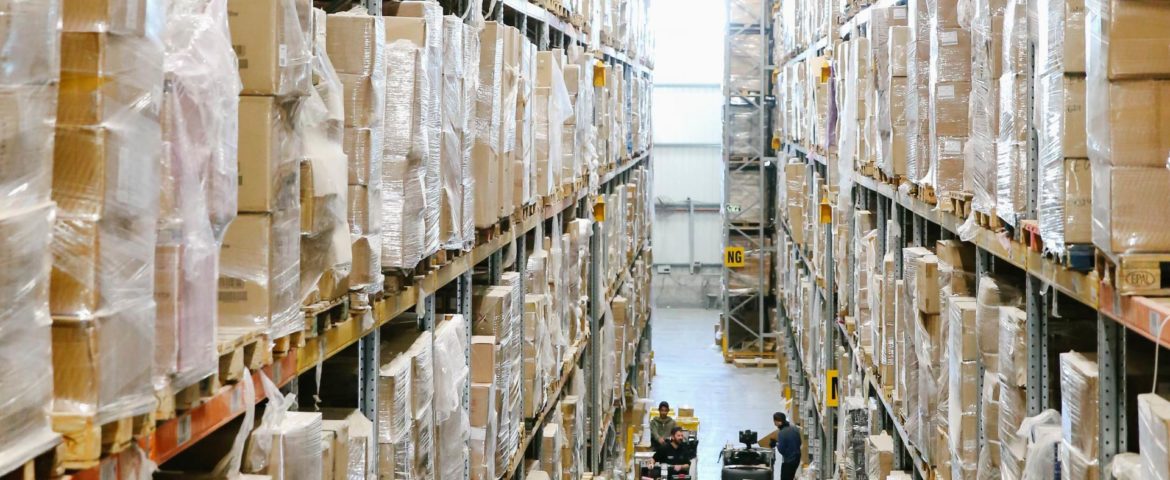As supply chains enter the 4th quarter, the majority of consumer-facing product firms are in the midst of peak shipping season. With the goal being to build inventory in preparation for increased sales velocity during the fall shopping season through the holidays.
It’s been several years now since supply chains have been “normal”, since the pandemic, supply chain disruptions have happened off and on continually, in about every way imaginable, with much uncertainty introduced to supply chains. Disruptions have occurred from all angles, supplier-related material shortages, port shutdowns, lack of drivers, regulations and lockdowns, increased fuel prices, railway operation disruptions – you name it, and it’s probably happened in the last 3 years.
Supply chains have had to contend with longer lead times, more expensive product production, more expensive transportation and less confidence in exactly when items will be available on store shelves domestically. A great example of this is the continued issues in the automotive industry, with the majority of car brands still have very few new cars available on the car lots vs pre-pandemic levels.
E commerce Growth Slowed
While parcel carriers like USPS, FedEx, and UPS have raised rates significantly, overall e-commerce growth has slowed somewhat following the pandemic. Carriers point to fuel costs, labor and other costs as having risen significantly. The initial shift in brick and mortar to e-commerce and delivery has slowed in growth in 2022, but the trend is here to stay. More firms than ever, including small businesses, have embraced e-commerce and will continue to offer this service in perpetuity.
While there’s been lots of talk by firms to diversify their supplier base from China, the vast majority of imports into the US are still and will continue to be from suppliers in china. Thus transpacific shipping rates, schedules, and capacity play a massive role in the landed price and availability of most goods for sale in the US.
Economic Headwinds?
The majority of western countries have experienced some economic slowdown in light of supply-side shortages, inflation, and higher consumer prices resulting in the US treasury increasing its interest rate thus making it more expensive for firms to borrow funds and causing in part many US and foreign stocks to fall.
It’s tough to say if there will be a true recession, if we are already in one, if inflation is transitory. What is certain is that the average US citizen has faced significant cost increases with a larger percentage of take home pay being used for necessary goods vs discretionary spending. Whether this will result in less holiday spending and shopping is to be determined, but it is certainly possible that the holiday shopping season of 2022 will be a lower volume amount than 2021.
Trucking Challenges of 2022
The battle of AB5 in California is a massive cloud hanging over supply chains. If there were to be a implementation ruling that owner operators must be considered full time employees, trucking capacity and cost would immediately sky rocket providing additional headaches for shippers. Port disruptions would also be abundant in this situation as drayage capacity would diminish and increase pricing.
Intermodal in late 2022
Intermodal has seen some disruptions from railway operations being hampered by a number of causes including PSR, labor challenges and even natural disasters, but intermodal is still more resistant to pricing changes than over the road long haul cross country trucking. Intermodal is less volatile and represents an additional source of trucking capacity providing shippers a cost effective, cheaper form of transport than trucking.
Peak Season 2022 Take Aways.
- Supply chains should expect transportation costs to be higher in years past, but with fewer port delays than last year.
- Plan for higher order fulfillment costs if your e-commerce based as well.
- Make sure your e-commerce platform functions well, as consumers will expect smooth and easy e-commerce purchases
- Consider how increased shipping costs will be passed along to consumers.



